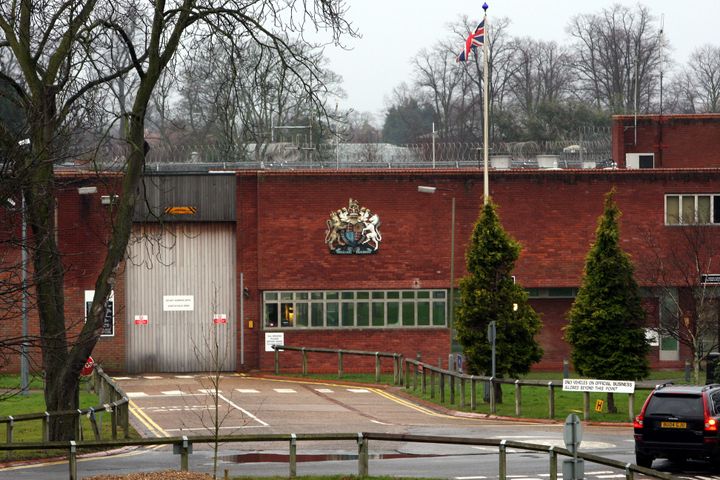
Feltham prison has a terrible history. It has never looked after children well and it has never served the public well. But its story is similar to many of the other prisons incarcerating children.
The prison has detained tens of thousands of children who have experienced an impoverished and sometimes abusive regime. Goodness only knows what damage has been done in the name of the state – damage to the young people and their families and damage to victims.
The history of Feltham is instructive. It was the second Borstal in the country, opening in 1910, then became a remand centre, a youth custody centre and was rebuilt as a young offender institution. After years of acrimonious industrial relations, the expensively rebuilt prison was opened in 1988 for 15 to 21 year olds remanded and sentenced.
The first inspection report published describes a litany of problems, including lack of staff and a recalcitrant attitude of the trades union. The boys were locked in their cells for most of the day, there was a lack of education and exercise and they were not allowed to go to the library. The boys were given one pair of pants and outer clothing each week. Family visits lasted 20 minutes.
Things deteriorated so badly that five teenagers took their own lives within a couple of years. One lad hanged himself after he was gang raped by other boys using a snooker cue. A 15-year-old strangled himself from the bars of his cell. The Howard League commissioned an independent review of the prison and the deaths. As a result, a working party was set up by the prison service but nothing changed.
In 1991, inspectors found that despite the deaths the regime had not developed and staff relied on the use of control and restraint.
In 1996, inspectors said the prison was bursting at the seams and unable to tackle reoffending. The jail held 382 boys aged 15 or 16 as well as older teenagers. The youngsters were locked up almost all day, lying idle.
In 1998, the Chief Inspector said his inspection of Feltham was the most disturbing he had done in his three years as HM Chief Inspector. He said treatment and conditions were totally unacceptable, even worse than two years previously with a marked deterioration in the treatment of boys.
A task force was put into the prison and an action plan alongside an additional £11.7 million promised and the prison was divided into two.
A year later little had been done to resolve the very serious failings in the treatment of and conditions for young adults, and much still remained to be done to provide a proper environment for the children. The inspector said that there was a powerful staff culture that opposed any structured attempt to deliver a decent regime.
In 2005, inspectors found boys were still not able to exercise in the fresh air and the use of force and assaults were high.
In 2010, Feltham remained a volatile establishment where staff placed heavy reliance on the use of force, segregation and ‘special accommodation’. The report included 202 recommendations for change.
By 2013, it had deteriorated again and inspectors said they had serious concerns about the safety of children. The institution was warned that the use of disciplinary measures and sanctions was the least effective response, including holding children in the segregation unit for up to 10 days and then confining them to their cells for 22 hours a day for long periods.
In 2015, inspectors noted a failure to provide purposeful activity with a quarter of the boys locked up all day, and some boys were too frightened to leave their cells and spent their days hiding behind their doors. Staff used force to try to exert control.
By 2017, things had got even worse and safety and purposeful activity sank to the lowest level. Inspectors said the use of force by staff had increased despite being ineffective and few of the inspection recommendations had been implemented. The restricted regime did little to contribute to education, socialisation or safety. Nineteen thousand hours of education had been lost as boys were not escorted to classes or classes were cancelled.
By last year, there are still serious problems with violence and some staff distant and dismissive of the boys. Exercise was restricted to 30 minutes a day.
At no time in its history has Feltham prison been a safe or loving or constructive place for children. I bet none of the staff, inspectors, governors or ministers would tolerate one of their own children being held there.
A father called the Howard League legal advice line about his 16-year-old son, who was locked up for 23 hours a day. Although his son had been very sporty, he was not getting any physical exercise at all, effectively caged in his cell. He was not getting enough food and was looking gaunt.
A 17-year-old looked-after boy called to say he is locked in his cell for 23 hours a day and that he had not had a shower for four days. He had had one hour of ‘education’ but had been told that he would get no more.
Feltham has damaged tens of thousands of already damaged children. It has cost the taxpayer millions. It has created more crime and more victims. The children in Feltham deserve a better chance and a better future, as do their victims.
